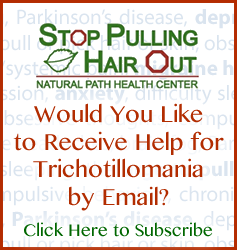Monoamine Theory of Neurotransmitter Imbalance
Our multiple series of posts on the science behind our approach to trichotillomania will detail one of the two prevailing theories in medicine as to how neurotransmitter imbalances occur. Recall that our approach to eliminating the urge to pull is based on premise that trichotillomania, along with many other disorders, often results from imbalances in neurotransmitter levels. By reestablishing proper neurotransmitter levels, we can eliminate the urge to pull.
The first of these two prevailing theories is the Monoamine Theory. This central premise of this theory states that it may be possible to restore normal function in patients by targeting the catecholamine and/or serotonin systems with antidepressants.
Stay tuned for Part Two to learn all about the Monoamine Theory, treatments, and a quick preview into the second of these prevailing theories.
Note, much of the recent research in this area has been conducted and/or compiled by Marty Hinz, MD in conjunction with the University of Minnesota Medical School. The following information is largely compiled from Food and Nutrients in Disease Management (CRC Press, 2009): Ingrid Kohlstadt, MD Johns Hopkins, Hinz, M.; and more information can be found at www.neuroassist.com. Complete references will be provided at the end of the series. To illustrate each these theories, I will use depression as a representative disorder involving neurotransmitter imbalance as it is one of the most widely studied.

